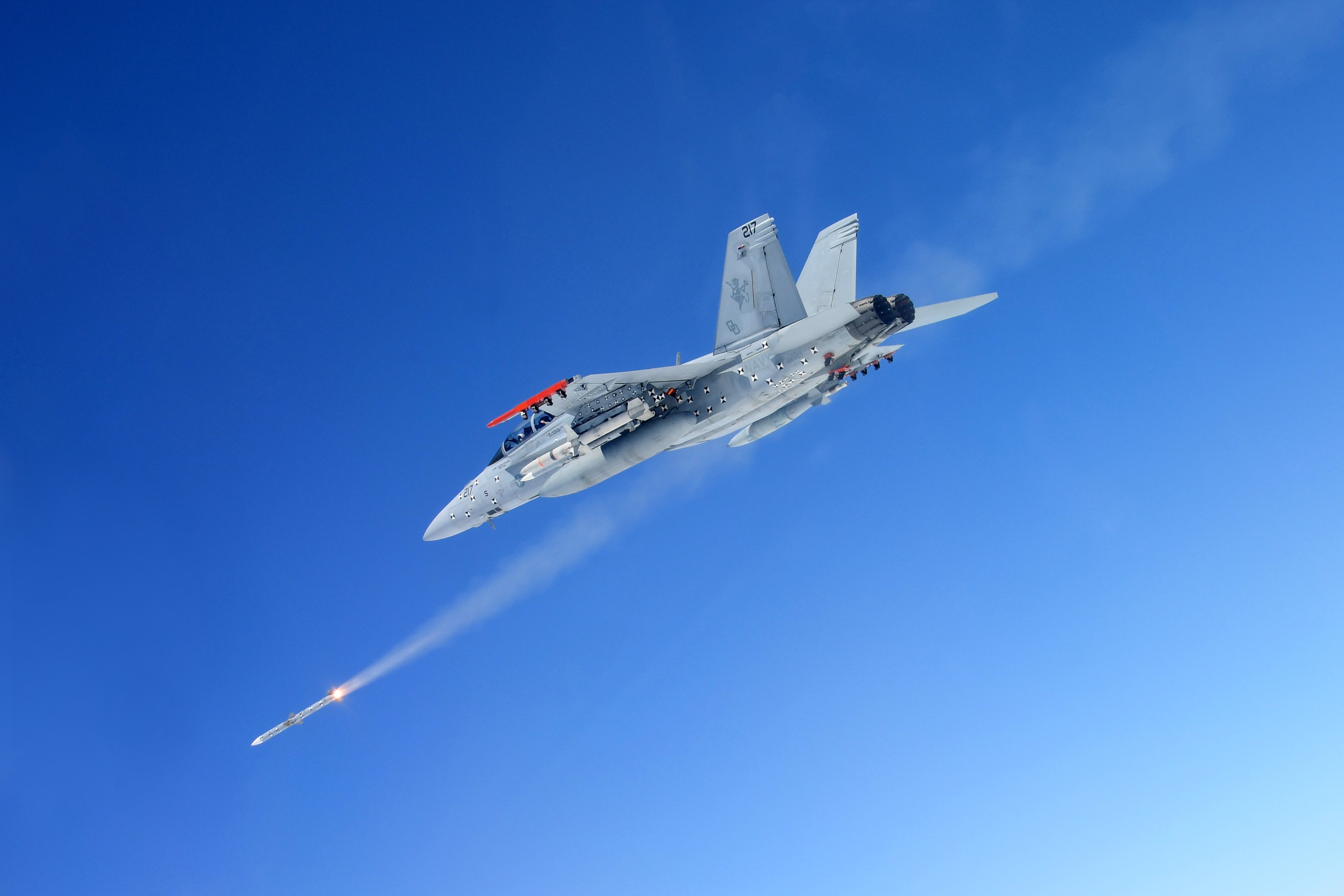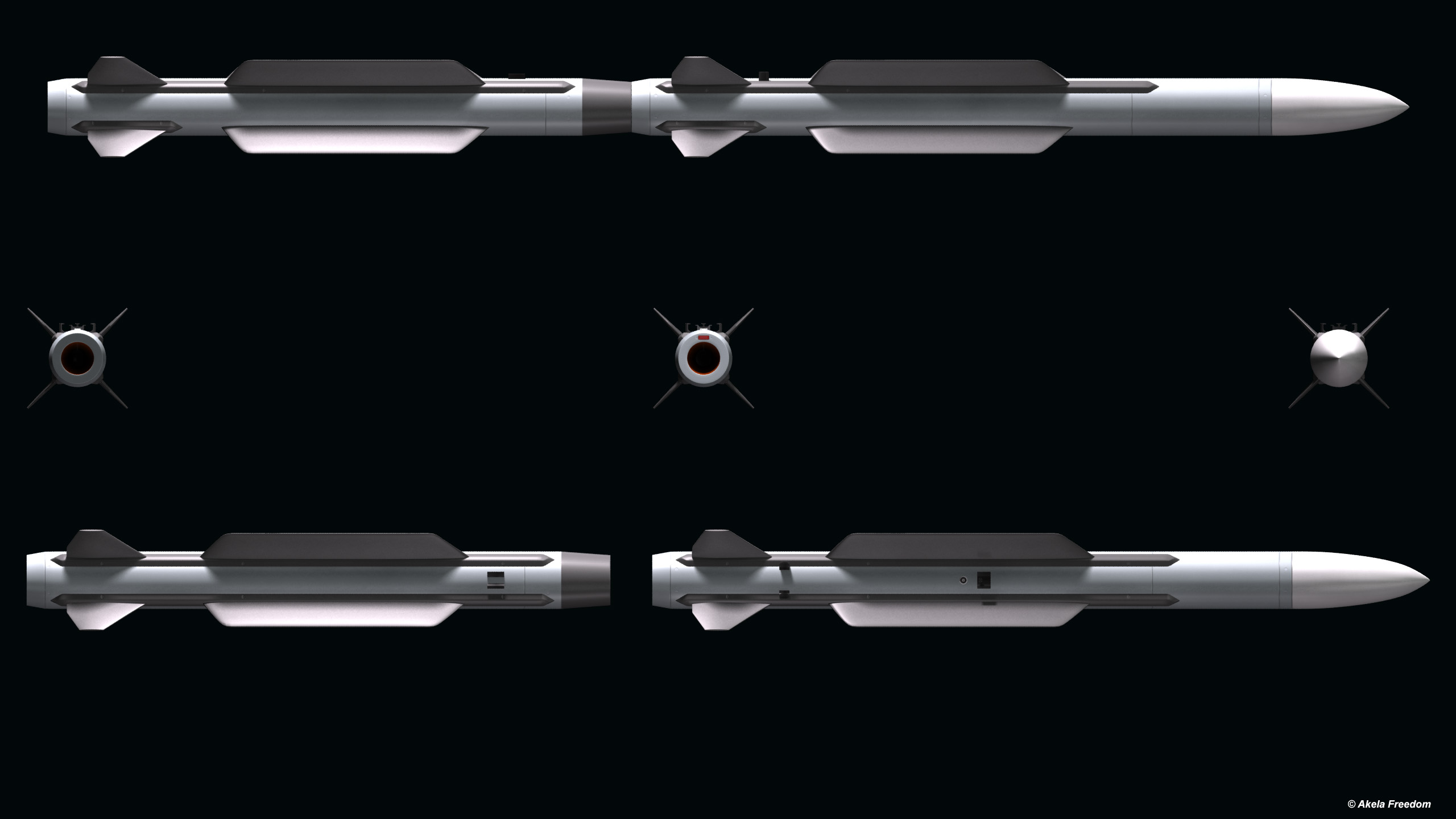More than two months after the Pentagon approved funding for an ambitious dual-stage missile program, a contract has been awarded to the US defense contractor Raytheon to support the program with the production of subsystems.
The US Air Force Research Laboratory (AFRL) awarded an estimated $21 million contract to support the development of the compact and extended-range air-to-air missiles to Raytheon earlier this month. The contract calls upon the contractor to create subsystem technologies for the missile concept within the next seven years.
The daily contracting notice published on December 16 read, “Raytheon Missiles & Defense, Tucson, Arizona, has been awarded an estimated $21,000,000 indefinite-delivery/indefinite-quantity, cost-plus-fixed-fee contract.
This contract is to develop critical subsystem technologies that support the Compact Air-to-Air Missile and Extended Range Air-to-Air Missile systems. Work will be performed in Tucson, Arizona, and is expected to be completed by December 15, 2029.”
Earlier, Raytheon had unveiled a new weapon concept called Peregrine, a medium-range missile design roughly half the size of the company’s existing AIM-120 Advanced Medium-Range Air-to-Air Missile, or AMRAAM.
At the time of unveiling, the contractor said despite a smaller size, the weapon would have similar or better performance than the AMRAAM. According to the manufacturer, Peregrine will be at least as maneuverable as a Sidewinder and have a reach comparable to an AMRAAM, all in a body that is only six feet long and weighs 150 pounds.
As of now, it is not known whether the company will build upon the Peregrine or develop an all-new missile.
.jpg?rev=c9812bacfa21433aa82f7564ee73cbcb)
As per the USAF requirements, the missiles must fit into a weapon bay no larger than 156 inches on a fifth-generation aircraft. The US Air Force had previously explored compact missile designs to increase firepower capacity. This could be vital in upcoming high-stakes battles with opponents like China, who possess superior missile capabilities.
The next-generation missiles will replace the AIM-9X Sidewinder and AIM-120 AMRAAM currently produced by Raytheon and add more lethality to the USAF’s firepower. These missiles will reportedly complement the Lockheed Martin AIM-260 Joint Advanced Tactical Missile, currently under development.

The US Air Force is also exploring Long Range Engagement Weapon (LREW), a concept for a next-generation beyond visual range air-to-air missile to be prospectively integrated into the F-15EX fighters. The Air Force has previously emphasized that the combined US Navy-Air Force AIM-260 project is unrelated to the Long Range Engagement Weapon (LREW).
The Pentagon approved the funding for compact Air-to-Air Missile (CAAM) and Extended Range Air-to-Air Missile (ERAAM) missiles in October 2022. The Air Force Research Laboratory (AFRL) awarded Boeing a $9.8 million contract to research advanced missile subsystem components to support the Compact Air-to-Air Missile and Extended Range Air-to-Air Missile Systems. That award will run through September 28, 2027.
At the time, the ARFL had stated that the design submissions might include single- and multi-stage rocket motors and air-breathing engines like ramjets. The Compact Air-to-Air Missile (CAAM) and Extended Range Air-to-Air Missile (ERAAM) designs, or future designs, were not specifically referenced in the funding approval notification by the US Department of Defense.
Boeing Air-To-Air Missile Concept
The contract was awarded to Boeing based on a modular missile concept the company had presented last year. Known as the Long-Range Air-to-Air Missile, or LRAAM, the Boeing missile concept had a two-stage construction with a “kill vehicle” attached to a booster component that falls away as it turns out, similar to other US military air-to-air missile systems.
Boeing’s LRAAM missile concept comprises two primary components, both of which have a relatively similar structure: a booster section and a “kill vehicle.” In this configuration, the booster would begin to accelerate and push the weapon for a while before coming to a stop.
The missile would then be powered for the duration of its flight by another rocket motor, which would be activated by the kill vehicle. It is essentially a two-stage air-to-air missile, and it is a dual-stage propulsion system. However, most of the other information is currently classified by Boeing.

“The concept is being designed with a modular and open architecture approach. This modular and open architecture allows us to create the interfaces to be able to insert technology and capabilities desired by any customer, depending on the requirements they develop for any future program of record the Long Range Air to Air Missile might be used for,” Zac Wood, then manager, Advanced Weapons-Global Sales, and Marketing at Boeing’s Phantom Works, said in September 2021.
In addition to long-range missiles, compact air-to-air missiles are becoming increasingly popular due to various cutting-edge unmanned aircraft projects, which involve concepts for armed drones that could collaborate with crewed combat jets in air combat situations.
Consequently, there is just as much interest in short-range missiles as in long-range missiles that are useful for air combat. The Air Force is unquestionably interested in upcoming modular missiles.
- Contact the author at sakshi.tiwari9555 (at) gmail.com
- Follow EurAsian Times on Google News




